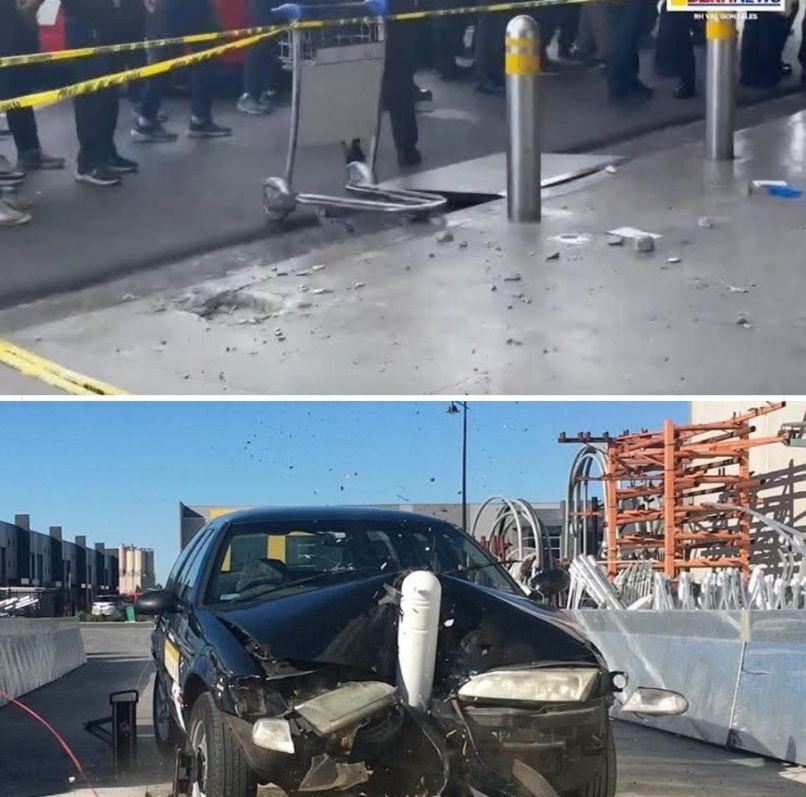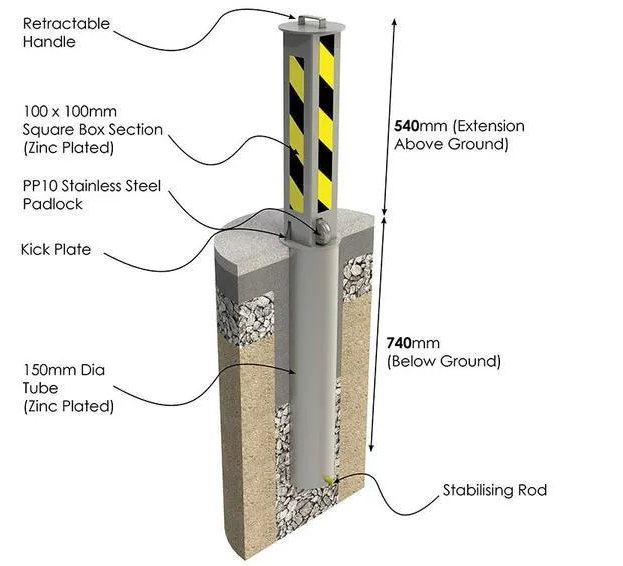Today, Filipinos once again troop to the polls to participate in Philippine democracy’s most festive tradition. Without even being deep enough into the details of the who’s who among the choices and the what’s what of the “issues” at stake, it is easy to predict what the outcome of all this means to the average Filipino: all but zilch.
See, Philippine elections aren’t about Filipinos. They are about who gets to be in the right positions to shave the cream off one of the biggest consumer economies in the region. That is to say, the biggest economy in absolute terms — because on a per capita basis, the Philippines remains one of the region’s poorest. The most interesting parts of Philippine history, after all, are the stories about its oligarchs — not its people. Scan the news and that is true even today. And that fact is what underlies what Philippine elections (past, present, and future) are really all about.
Why then do Filipinos continue to make a big deal about their “democracy”? This is where the parallels with those bollards at the Ninoy Aquino International Airport (NAIA) can be appreciated.
| SUPPORT INDEPENDENT SOCIAL COMMENTARY! Subscribe to our Substack community GRP Insider to receive by email our in-depth free weekly newsletter. Subscribe to our Substack newsletter, GRP Insider! Learn more |
Last week, tragedy struck when a large private vehicle ploughed into a crowd of people at the NAIA Terminal 1 departure area killing two and injuring several of them. What looked like anti-vehicle bollards installed at the edge of the pedestrian area adjacent to the driveway were observed to have suffered a catastrophic failure to prevent the vehicle from crashing into the waiting area. Investigations are now ongoing to get to the bottom of the sort of construction work that went into the installation of these facilities. From photos circulating in the media, however, it is quite evident that there was nothing in their design and installation at the NAIA that indicated they were there to serve their intended purpose.

The upper photo, above, shows that not even some semblance of a stump was left of the NAIA bollard through which the offending SUV crashed through. A properly-installed bollard that failed in a similar way (if a bigger and heavier vehicle was involved) would have likely left signs of its foundation putting up a good stand and a visible stump of twisted metal and buckled concrete.

How many more of these substandard structures are installed across the Philippines? A disturbing thought indeed but not a surprising one when we consider how renowned Filipinos are for such substandard work. Chalk another one up for the famous pwede-na-yan ethic they apply to their work.
Step back from all that and think of Philippine elections and the country’s so-called “democracy” for that matter. Philippine democracy is like that NAIA bollard — all for show and no substance beneath it that ensures it does the job for the people it was intended to benefit. When Philippine fiesta elections fail Filipinos (and they do, decade in and decade out), the scars they leave are so shallow that they disappear from the public awareness within weeks. They leave superficial wounds in the landscape because, like those NAIA bollards, they are not embedded deep enough into Philippine society to leave much of an aftermath.
Whenever elections plough through Filipinos’ ordinary lives, maybe a few people die (or become poorer).
And then what?
The answer to that question is all-too-familiar: Abangan ang susunod na kabanata.
- This latest Filipino-style ‘anti-corruption’ circus proves that the Philippines needs a serious reboot - November 16, 2025
- Filipinos literal sitting ducks as wind and floods from natural tropical typhoons amplified by years of neglect bear down - November 9, 2025
- Rally NA NAMAN??? - September 20, 2025
This country is something remarkable. In one city in Leyte one side is paying 6000 pesos per vote while the other side is paying 5500 per vote. This is a staggering amount of money. That money could be used to develop legitimate infrastructure to improve the country. Creat an army type of organization to improve the country, Give jobs to thousands of male workers to improve the infrastructure (roads, bridges that don’t collapse, typhoon proof buildings, etc etc). Instead the money will trickle up to the oligarchs and nothing will improve. This is just a small example, but imagine the whole country using this money from paying for votes and putting up garbage posters. Very sad, really.
But this elections will be the bloodiest elections in Philippine history with the help of totalitarian communist China who will attempt get our WPS at a hefty costs.
Such cold war mentality from a gated-community dweller. BARMM elections were peaceful under Duterte. But now that it’s under a BBM-appointee, violence is back again.
Maybe you want to join Francis ” if you want China to take over, don’t vote for me” Tolentino in the kangkungans.
You have no idea about the hell you’re trying to summon.
No BARMM peaceful elections ever took place under the Duterete administration. It never happened. Probably, only in your mind.
If you want to know about the first-ever Bangsamoro Parliament elections, read before you speak, or more appropriately in this case, educate yourself before you write about it.
For your benefit, 1st ever Bangsamoro election happened on May 12, 2025.
Let’s call it what it truly is: thievery with consent. Even if you had the smartest people around, nothing will happen without moral courage. And let’s even be more real about it, reliable accounting is not even possible. Everything at this point is a leap of faith.
americants and failipinos—birds of a feather.
Anything they can get away with and then apply a fake smile /propaganda.
DUTERTE LEGACY